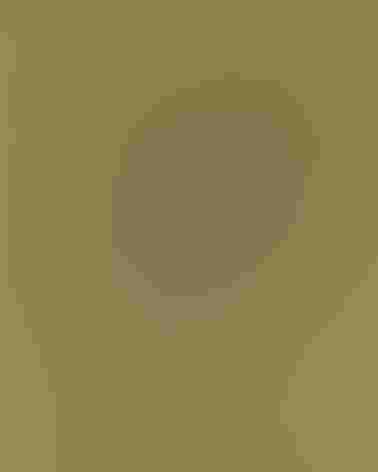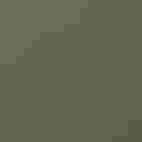Crested Caracara
At a Glance
Related to the typical falcons, but very different in shape and habits. The Crested Caracara is a strikingly patterned, broad-winged opportunist that often feeds on carrion. Aggressive, it may chase vultures away from road kills. Widespread in the American tropics, it occurs only near the Mexican border and in Florida. 'Caracara' comes from an Indigenous South American name that mimics the bird’s call.
All bird guide text and rangemaps adapted from by Kenn Kaufman© 1996, used by permission of Houghton Mifflin Harcourt Publishing Company. All rights reserved.
Category
Falcons, Hawk-like Birds
IUCN Status
Least Concern
Habitat
Coasts and Shorelines, Desert and Arid Habitats, Fields, Meadows, and Grasslands, Landfills and Dumps, Shrublands, Savannas, and Thickets
Region
Florida, Southeast, Southwest, Texas
Behavior
Direct Flight, Flap/Glide, Running
Population
8.100.000
Range & Identification
Migration & Range Maps
Adults are typically permanent residents on territory. Young birds may wander considerable distances.
Description
Both sexes; females slightly larger — Length: 19–23 in (49–58 cm); wingspan: 4 ft (1.2 m); weight: 2 lb 5 oz–2 lb 14 oz (1.1–1.3 kg). The Crested Caracara has a colorful, yellow-orange face, a black crest, and a black belly, which strongly contrast with its white neck and cheeks. In flight, the dark body and wings contrast with the pattern of four pale areas: chest, base of tail, and patches near each wingtip. Juvenile is browner.
Size
About the size of a Crow, About the size of a Mallard or Herring Gull
Color
Black, Brown, Orange, Red, White, Yellow
Wing Shape
Fingered, Long, Rounded
Tail Shape
Rounded, Square-tipped
Songs and Calls
High, harsh cackle.
Call Pattern
Flat, Rising, Simple
Call Type
Rattle, Scream
Habitat
Prairies, rangeland. The Crested Caracara lives in a wide variety of semi-open habitats offering open ground for hunting and dense nesting cover. In our area, these include the wet prairies of Florida, the Texas coastal plain, and the deserts of Arizona. Found in other kinds of open terrain in the American tropics.
Sign up for ³Ô¹ÏºÚÁÏ's newsletter to learn more about birds like the Crested Caracara
Behavior
Eggs
2-3, rarely 4. Pale brown, blotched with darker brown. Incubation is reportedly by both sexes (although females may do more, especially at night), about 30 days.
Young
Both parents bring food to young in nest. Age of young at first flight varies, probably usually 6-8 weeks. Young may remain with parents for several weeks after fledging.
Feeding Behavior
An opportunist, hunting and scavenging in a variety of ways. The Crested Caracara often hunts by flying low, taking small animals by surprise. Flies along highways early in the morning, searching for road kill. May steal food from other birds. May scratch on the ground for insects, or dig up turtle eggs.
Diet
Carrion, small animals. The Crested Caracara feeds on a wide variety of smaller creatures, either captured alive or found dead. Diet includes rabbits, ground squirrels, skunks, various birds (plus their eggs and young), frogs, snakes, lizards, turtles, young alligators, fish, and large insects.
Nesting
In courtship, two birds may toss their heads back repeatedly while giving a guttural call. Members of a pair may preen each other's feathers. Nest sites vary; usually 8-50 ft above ground, at the top of a shrub or tree, such as live oak, cabbage palm, or acacia; in Arizona, sometimes in a giant cactus. Nest is a bulky structure of sticks, weeds, debris, sometimes built on top of an old nest of other species. Nest may be reused annually, with more material added each year.
Conservation
Conservation Status
The Crested Caracara has declined in parts of its U.S. range, owing to shooting and habitat loss. Some evidence of recent increases in Texas. The distinctive race on Guadalupe Island, Mexico, became extinct in 1900.
Climate Threats Facing the Crested Caracara
Choose a temperature scenario below to see which threats will affect this species as warming increases. The same climate change-driven threats that put birds at risk will affect other wildlife and people, too.
















